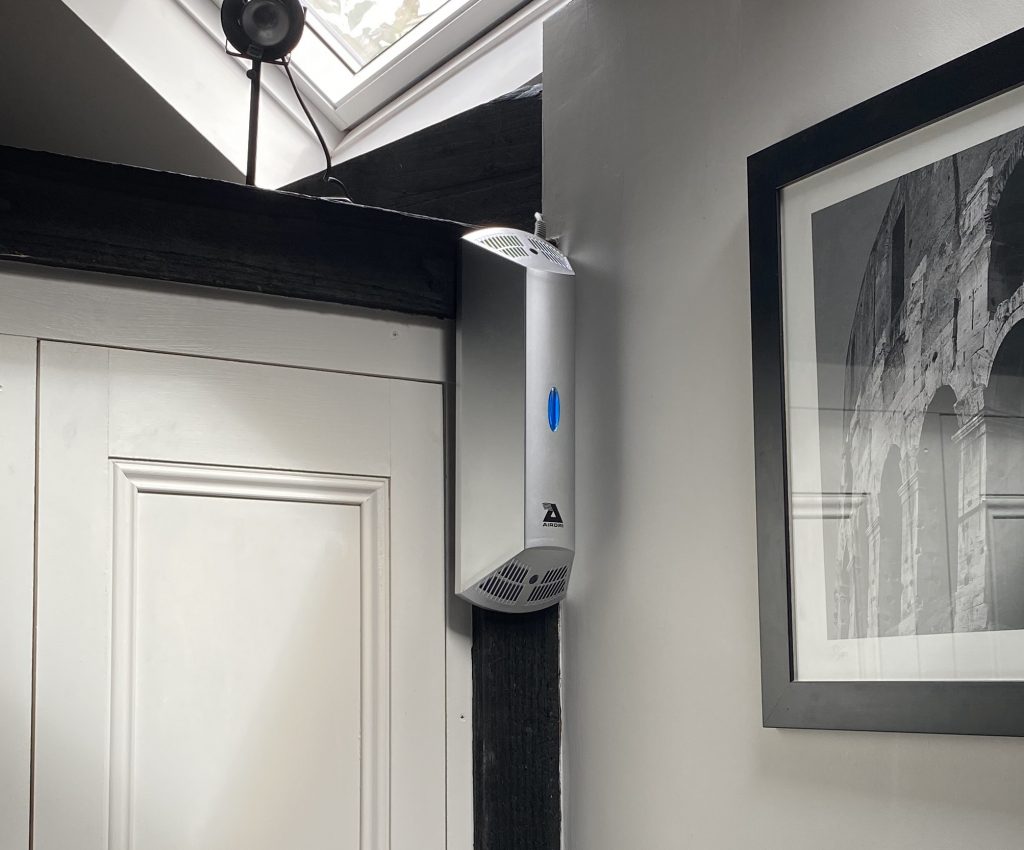Toxic Home Syndrome – Working from home is now more commonplace and with the school holidays looming the additional hours our families are spending indoors is on the increase. To counteract this, it is time to take stock and reassess our general home hygiene and cleaning routines.
I for one have noticed, hoovering duties have had to step up and particularly the kitchen and bathrooms require daily maintenance as continually being in use.
With additional bodies now based at home all day, this has brought to my attention toxic home Syndrome. This is a health condition caused by the build-up of chemicals, bacteria and other pollutants within the air, reducing air quality in your home.
We might believe we are breathing clean air, but in fact, the air inside our homes can have more than 900 harmful chemicals and organisms in it, which you simply cannot see at all.
Everything from carbon monoxide to mould spores can form part of toxic home syndrome and they all have their own, hugely detrimental, effects on your health. These may include fatigue, watery eyes, dizziness, sneezing, headaches, rashes and in more severe cases muscle pain, hearing loss and respiratory problems such as asthma.
Results from an exclusive Indoor Air Quality home study reveal UK households are at risk of experiencing aggravated health problems due to poor air quality inside the home.
The independent study tested the air quality in British homes; analysing the level of Volatile Organic Compounds (VOCs) present in the air. Out of the 122 homes tested in the UK, only 9% were considered in the normal category of recommended level of pollutant concentration, with the remaining 91% of homes above the recommended level (2)
What causes Toxic Home Syndrome?
Everyday pollutants released by items around the home – such as fireplaces, candles, air fresheners, textiles, furniture, cleaning products paint and detergents can contribute to an unhealthy cocktail of airborne pollutants arising from poor home ventilation. Carpeted floors can easily trap dirt in the fibres and washing and drying your laundry indoors can create additional moisture leading to condensation and damp.
It has also been noted that modern buildings with an improved building quality of greater insulation and energy efficiency have fewer opportunities for toxins and pollutants to escape the indoor environment.
How to help reduce Toxic Home Syndrome?
There are a number of simple ways to improve your indoor air quality these include:
Buy an Air Purifier – the Airdri SteraSpace is ideal for home use and is simple to install, just attach to the wall in a suitable location and plug it in. This is the most advanced virus and bacteria control technology of its kind. Tests carried out at Porton Down (Science Park in Wiltshire) have proved that the Airdri SteraSpace kills 98.11% of all airborne and surface bacteria and viruses including the coronavirus family.


Ventilation – by properly ventilating your home just by opening your windows from time to time will limit the build-up of harmful particles.
Use eco-friendly cleaning products – some everyday cleaning products contain chemicals known as volatile organic compounds (VOCs) which can be dangerous for your respiratory health.


Avoid carpets – As cosy as they may be, it is a known fact that the fibres in carpets can trap dirt and hair that trigger allergies and affect your breathing. If you are able to use wood flooring wherever possible.


Remove your shoes – by not wearing shoes indoors, you avoid spreading pollen and dirt and other potentially harmful particles around your home.
Lilly Light


